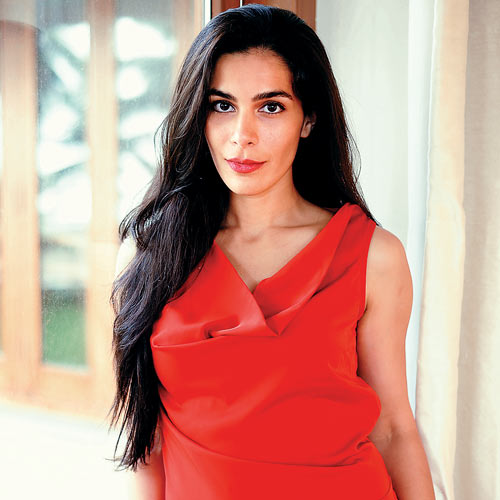Good Fit for Change in Western Sydney

QueenieAustralia formal dresses | QueenieAustralia cheap formal dresse
A fashion-based social enterprise model that has proven a massive success in Melbourne has landed in Sydney and is proving a success in its own right.
Started by CEO Jackie Ruddock about six months ago, The Social Outfit is social enterprise which provides education, skills, on-the-job experience and employment in fashion for new migrants and asylum seekers.
It’s a "replication" of the Melbourne’s The Social Studio - started in 2009 - and like the Melbourne studio, The Social Outfit offers participants the chance to gain accredited training in fashion design and manufacturing in a creative and practical way. It also gives participants the chance to share the aesthetic side of their culture with the rest of the community.
“There is a real appetite for this type of social enterprise, as shown in Melbourne,” Ruddock said.
Already, The Social Outfit has attracted some of the biggest names in Australian fashion including Ken Done, Linda Jackson, Celia Morris (from the label Dragstar), Nina Maya and Carla Zampatti.
Gaining such top talent was the result of more than a year’s worth of cultivation from Ruddock, who has more than 10 years experience working in the charity sector and has held senior management roles at The School for Social Entrepreneurs, FAR Social Enterprise, and Streetwize Communications.
Ruddock first met Done when she embarked on her own fundraising drive for The Social Studio from 2010-2011, called “What Ken be Done?”. The project involved Ruddock wearing an item from Ken Done’s 1980s label for 365 days and raised more than $25,000.
The project not only connected her to Done, but gave her a chance to spread her message of fashion for good - with designers quick to jump on board.
“It’s about working collaboratively,” Ruddock said. “If you tell people you are inspired by them and try to connect with them in authentic way, people do say ‘yes’.”
Armed with a team of Aussie fashion designers, The Social Outfit has embarked on several projects in the past six months.
Its most recent being the Colour Chameleon design project - a collaboration between the Melbourne enterprise, the designers and The Social Outfit.
It started with a fashion show in September as part of Melbourne Spring Fashion Week and earlier this month a fashion show in Newtown - showcasing the creative work from the refugees who take part in the program. The Newtown fashion show was an opportunity to also raise money to support education and training programs from the Sydney and Melbourne enterprises.
“Colour Chameleon held in Newtown was our chance to, hopefully, welcome ourselves to the Newtown community,” Ruddock said.
Other programs were a pop-up shop in The Rocks and a pilot fashion program with Fairfield High School in south western Sydney.
The pilot program at Fairfield High School, which runs its own social enterprise called the Parents’ Cafe (which catered for the Colour Chameleon fashion show), included students who had recently arrived to Australia from Iraq, Iran and Syria, and armed them with accredited design and sewing classes. The program also included guests speakers including fashion designer turned interior designer Nina Maya.
The program will be run again next year, but also with the inclusion of students’ parents.
“One of the differences between us and TAFE and other courses is the on the job training, that’s what worked in Melbourne with having a store working in the community that was engaged in learning in a practical way,” Ruddock said.
Ruddock is quick to admit that despite the successes starting up the replica of a Melbourne social enterprise in Sydney was hard work but it had plenty of rewards.
“I would say one of the most rewarding aspects is working with so many people on this project - it’s been a wonderful learning experience,” she said.
The Social Outfit is now raising funds to expand into a retail store and on-site design school in Newtown, Sydney, next year, which will allow it to continue providing education, training and employment pathways in fashion and design for young people from refugee communities.
“It’s onwards and forwards for us,” Ruddock said.






